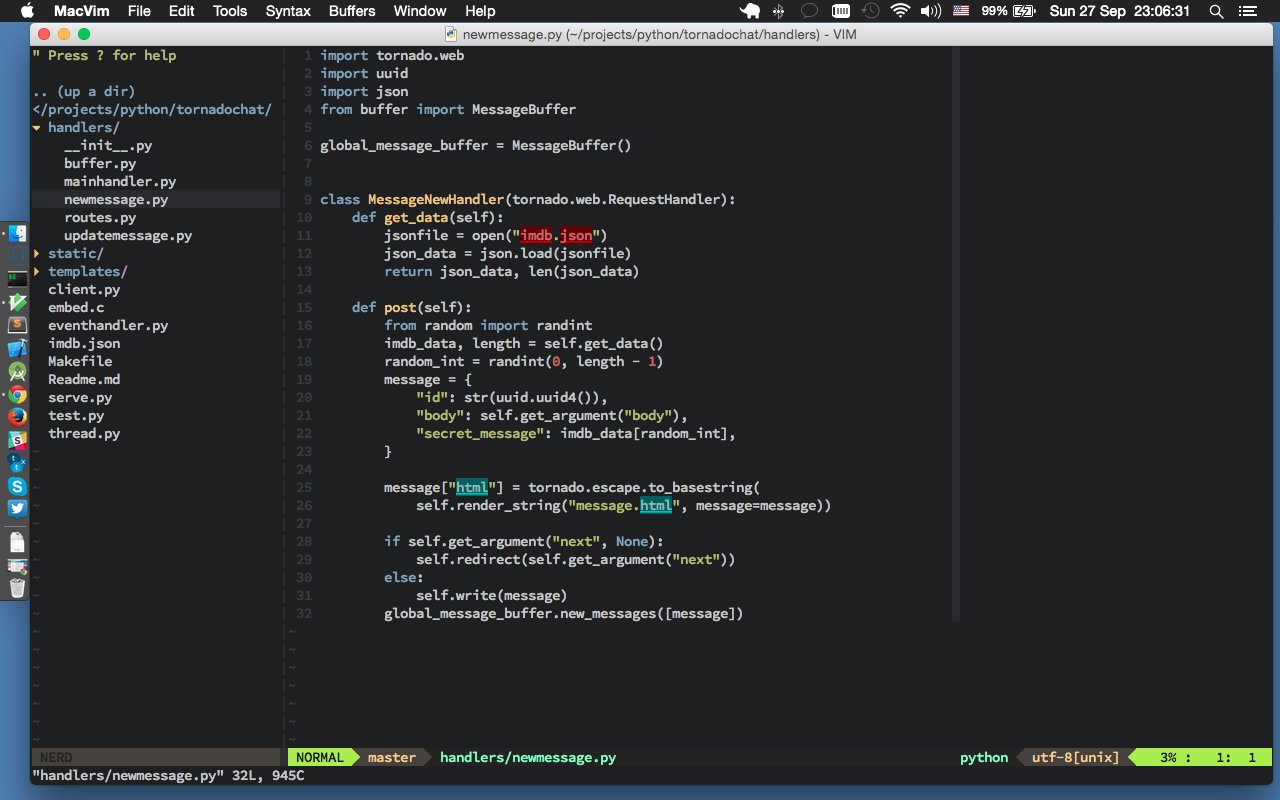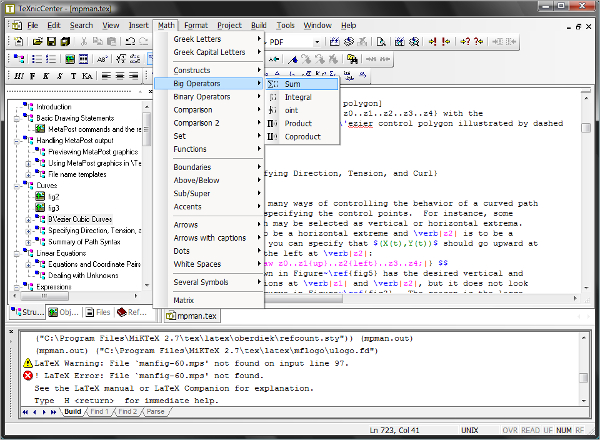

Syntax highlighting, basic scripting (user defined functions, commands, etc.) This is the first release using the name Vi IMproved.

īram Moolenaar creates Vi IMitation for the Amiga, based on Stevie, never publicly releasedįirst public release for the Amiga on Fred Fish disk #591 Tony Andrews improves Stevie, and ports it to Unix and OS/2, releasing version 3.10 on Usenet. Tim Thompson releases Stevie (ST editor for VI enthusiasts), a limited vi clone for the Atari ST, posting the source on Usenet. Īt the time of its first release, the name "Vim" was an acronym for "Vi IMitation", but this changed to "'Vi IMproved" late in 1993. īasing his work on Stevie, Bram Moolenaar began working on Vim for the Amiga computer in 1988, with the first public release (Vim v1.14) in 1991. Vim's forerunner, Stevie (ST Editor for VI Enthusiasts), was created by Tim Thompson for the Atari ST in 1987 and further developed by Tony Andrews and G.R. In 2006, it was voted the most popular editor amongst Linux Journal readers in 2015 the Stack Overflow developer survey found it to be the third most popular text editor, and in 2019 the fifth most popular development environment. Since its release for the Amiga, cross-platform development has made it available on many other systems. Vim is designed for use both from a command-line interface and as a standalone application in a graphical user interface. Vim's author, Bram Moolenaar, derived Vim from a port of the Stevie editor for Amiga and released a version to the public in 1991.

It is an improved clone of Bill Joy's vi.
#Macvim latex compile free#
Vim ( / v ɪ m/ a contraction of Vi IMproved) is a free and open-source, screen-based text editor program. Unix, Linux, Windows NT, MS-DOS, macOS, iOS, Android, Haiku, AmigaOS, MorphOS


 0 kommentar(er)
0 kommentar(er)
